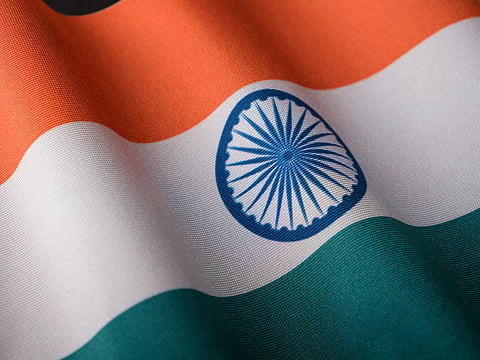

India's ambitious Production-Linked Incentive (PLI) scheme has attracted nearly $19 billion in investments, according to the trade ministry's recent announcement. However, the government has decided to let the $23 billion program expire, citing disappointing outcomes just four years after its launch, aimed at boosting domestic manufacturing and reducing reliance on China.
Despite the scheme's intent to raise manufacturing's contribution to the economy to 25% by 2025, many participating firms have struggled to meet production targets. As of November 2024, companies involved have produced approximately $163 billion worth of goods, achieving 90% of the target set for the current fiscal year. However, the government has disbursed less than $1.7 billion in incentives, a mere 8% of the total allocated funds.
The PLI scheme covers 14 sectors, including high-growth areas like pharmaceuticals and mobile manufacturing, which have seen significant success. Yet, other sectors, such as steel and solar, lag behind, with several firms failing to meet their targets. The trade ministry highlighted bureaucratic challenges and compliance issues as major barriers affecting project progress.
Looking ahead, officials indicated that while the PLI program is ending, the government is exploring alternative support mechanisms to encourage investment in key sectors. The overall objective remains to enhance India's position in global supply chains, despite the setbacks faced by the current incentive scheme.